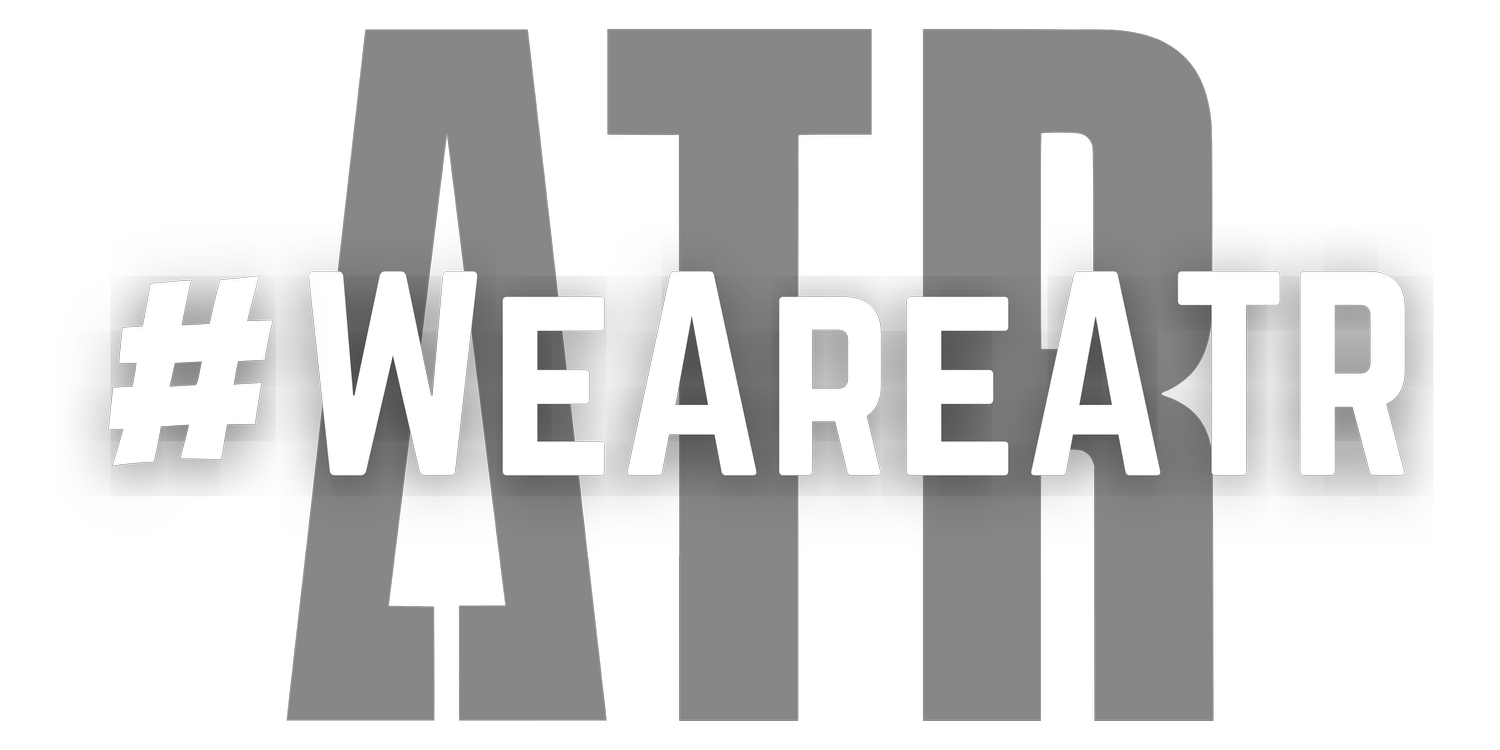Why Bad Workouts Happen and How to Handle Them
Understanding Bad Workout Days
There are going to be days where things just aren’t clicking. Days where it feels like nothing is working. This is going to be especially true for highly technical exercises and compound movements that involve multiple large body parts and complicated steps. This can be especially frustrating because, often times, these are our competition exercises, and that means the performance of these exercises is dictating how well we’ll do on game day.
Common Reasons for Poor Workouts
There are a number of reasons why a day might not be going according to plan:
Fatigue of one or more muscle groups: If a key muscle group is inordinately fatigued, it could be impacting the part of the exercise that it's responsible for. That will make the whole thing feel bad.
Accommodation: Your current block has run its course, and you’ve reached a point where your body is as adapted to the exercise as it's going to get.
Poor sleep, nutrition, etc.: One of the key contributors to recovery has been neglected, and as a result, you’re not performing at your best.
Fresh changes to the technique could be forgotten: If you’ve just recently made changes to the way that you’re performing the technique, your brain could still be trying to reconcile their inclusion, leading to some awkwardness in training.
Your expectations are irrational: This happens most often when returning to an exercise that you haven’t trained in a while. You feel like you should be better than the current workout would suggest.
The Misconception of Effort
The one thing that is not on the list is the effort of the athlete. The thing is, most often, this is what the athlete thinks is the problem.
When things go wrong, the athlete has a tendency to blame themselves first, thinking that they must be doing something wrong and that is why the workout is going poorly. It’s simply irrational. The person thinking this is going to be the person that works even harder in these workouts because this is what they blame the poor performance on.
If they were right, more effort would lead to better performance. It just doesn’t. If anything, it leads to expectations increasing when the workout stays the same. At this point, you can quantify frustration by subtracting performance from expectations.
The Body as a Machine
At the end of the day, the body is a machine. It has systems that function in unison to facilitate everything that we can do as people. We don’t fully understand this machine yet, so knowing exactly what is going on within it is impossible. We simply have to have respect for all of the things that could be going on and let the unknown be enough to explain certain phenomena.
The ebb and flow of the inputs and outputs of the machine will result in fluctuations from workout to workout that are completely normal. They can be frustrating, but they are normal.
Stick to RPE
RPE is a great tool when you’re in a workout where things aren’t going according to plan. When you’re in a workout and realize that it’s going to be a rough one, just stick to the RPE!
Training is about stressing the body and letting it adapt to that stress. If lighter weights are creating stress, then training with lighter weights will be enough for the workout.
When you’re struggling, so your perceived effort is higher than expected, let that be okay. Just get the work done at that RPE.
When to Worry About Consistently Bad Workouts
One bad workout is the cost of doing business. It’s going to happen from time to time.
Multiple bad workouts: Having multiple bad workouts is a sign that something is not going right.
Multiple weeks of bad sessions: Multiple weeks of bad sessions mean that something needs to change.
I’m not telling you that you should ignore poor workouts when they happen. Just don’t let them create so much frustration that you second guess why you’re training in the first place. Use them as data points that ultimately guide you to changes and conclusions that make your training better.
Conclusion
If you’re trying and you’re following the plan, it’s not your fault. Try to let this ease your frustration.
If the fluctuations are outside of the norm, then the answer lies somewhere else. In the program, in the nutrition, in the recovery. It is not in your effort. Train smart, and watch your performance soar.




